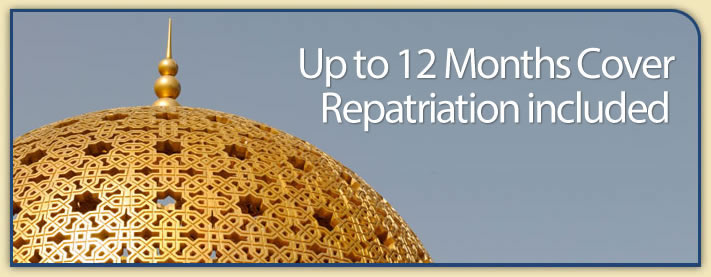African sleeping sickness (Trypanosomiasis)
There are two types of African trypanosomiasis, also called sleeping sickness, named for the areas in Africa in which they are found. East African trypanosomiasis is caused by a parasite named Trypanosoma brucei rhodesiense (tri-PAN-o-SO-ma brew-see-eye rho-dee-see-ense). West African trypanosomiasis, also called Gambian sleeping sickness, is caused by a parasite called Trypanosoma brucei gambiense (tri-PAN-o-SO-ma brew-see-eye gam-be-ense). Worldwide, 20,000 new cases of both East and West African trypanosomiasis are reported each year. Both are transmitted by the tsetse fly with the use of modern drugs, insecticides, and other control methods, this disease was effectively controlled in most countries by the mid-1960s. In the past 20 years, however, major epidemics have occurred in East and Central Africa, mainly because control programs were disrupted by war.
What are the symptoms of East African trypanosomiasis?
A bite by the tsetse fly is often painful and can develop into a red sore, also called a chancre (SHAN-ker). Fever, severe headaches, irritability, extreme fatigue, swollen lymph nodes, and aching muscles and joints are common symptoms of sleeping sickness. Some people get a skin rash. Progressive confusion, personality changes, slurred speech, seizures, and difficulty in walking and talking occur when infection has invaded the central nervous system. If left untreated, infection becomes worse and death will occur within several weeks or months.
What are the symptoms of West African trypanosomiasis?
A bite by the tsetse fly is often painful. Occasionally, 1—2 weeks after the tsetse fly bite, a red sore, also called a chancre (SHAN-ker) appears at the site of the infective bite. Several weeks to months later, other symptoms of sleeping sickness occur. These include fever, rash, swelling around the eye and hands, severe headaches, extreme fatigue, aching muscles and joints. You may develop swollen lymph nodes on the back of your neck called Winterbottom’s sign. Weight loss occurs as the illness progresses. Personality changes, irritability, loss of concentration, progressive confusion, slurred speech, seizures, and difficulty in walking and talking occurs when infection has invaded the central nervous system. These symptoms become worse as illness progresses. Sleeping for long periods of the day and having insomnia at night is a common symptom. If left untreated, infection becomes worse and death will occur within several months to years after infection.
Diagnosis and treatment: Diagnosis can be made by various tests including blood samples and a spinal tap. Your physician may also take a sample of fluid from swollen lymph nodes.
Prevent trypanosomiasis:
- Wear protective clothing, including long-sleeved shirts and pants. The tsetse fly can bite through thin fabrics, so clothing should be made of thick material.
- Wear khaki or olive coloured clothing. The tsetse fly is attracted to both bright and very dark colours.
- Use insect repellent. Though insect repellents have not proven effective in preventing tsetse fly bites, they are effective in preventing other insects from biting and causing illness.
- When sleeping, use bed nets.
- Inspect vehicles for tsetse flies before entering.
- Don’t ride in the back of jeeps, pickup trucks or other open vehicles. The tsetse fly is attracted to the dust that moving vehicles and wild animals create.
- Avoid bushes. The tsetse fly is less active during the hottest period of the day. It rests in bushes but may bite if disturbed.
Information Only
The content above is for information purposes only and we have tried to ensure that the information is as accurate as possible. We cannot accept any responsibility for any inconvenience, loss or injury as a result of the information above. You should always check and verify any critical information like visas, health and safety and customs with the relevant authorities before you travel since information can change at any time.



